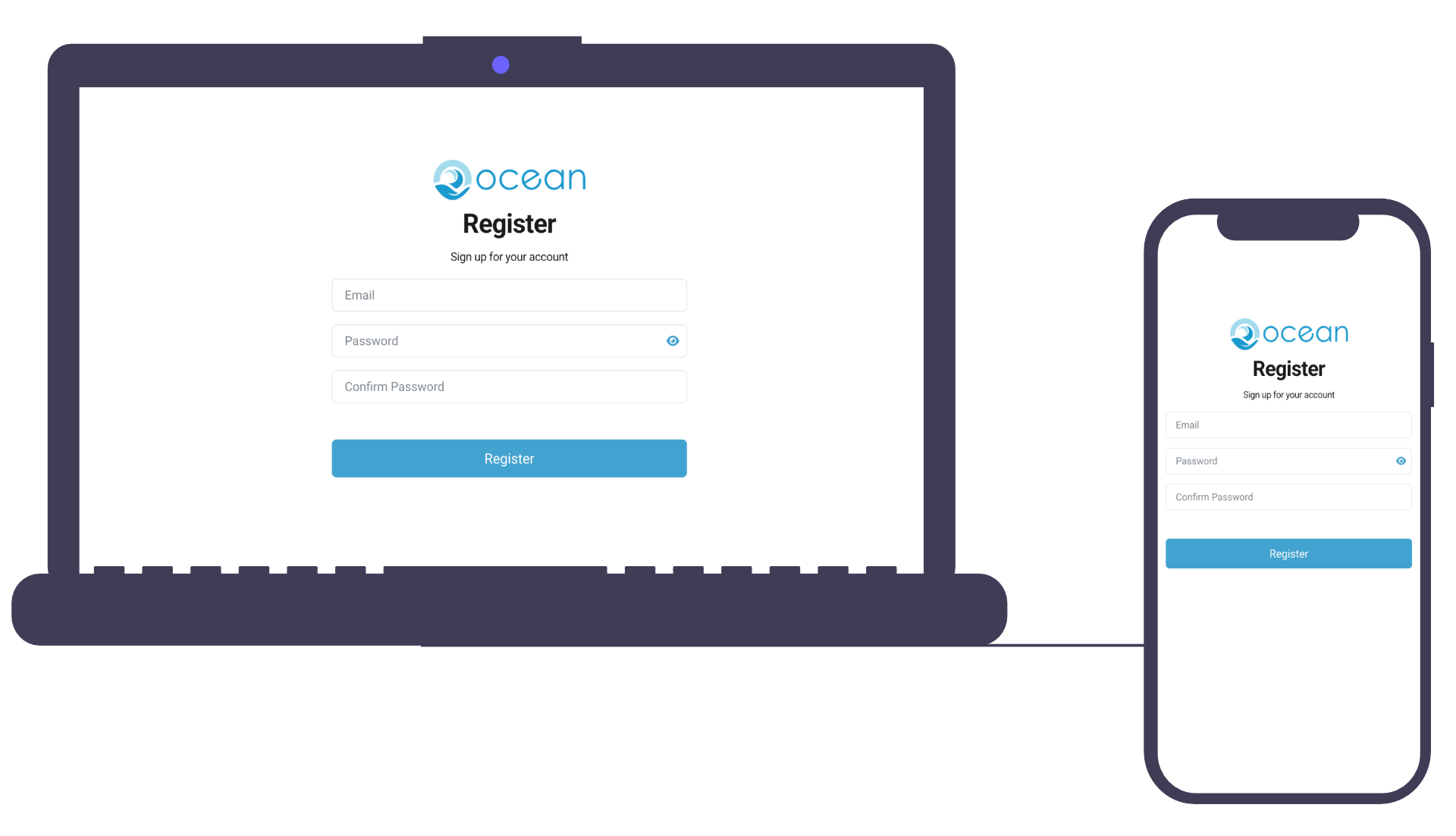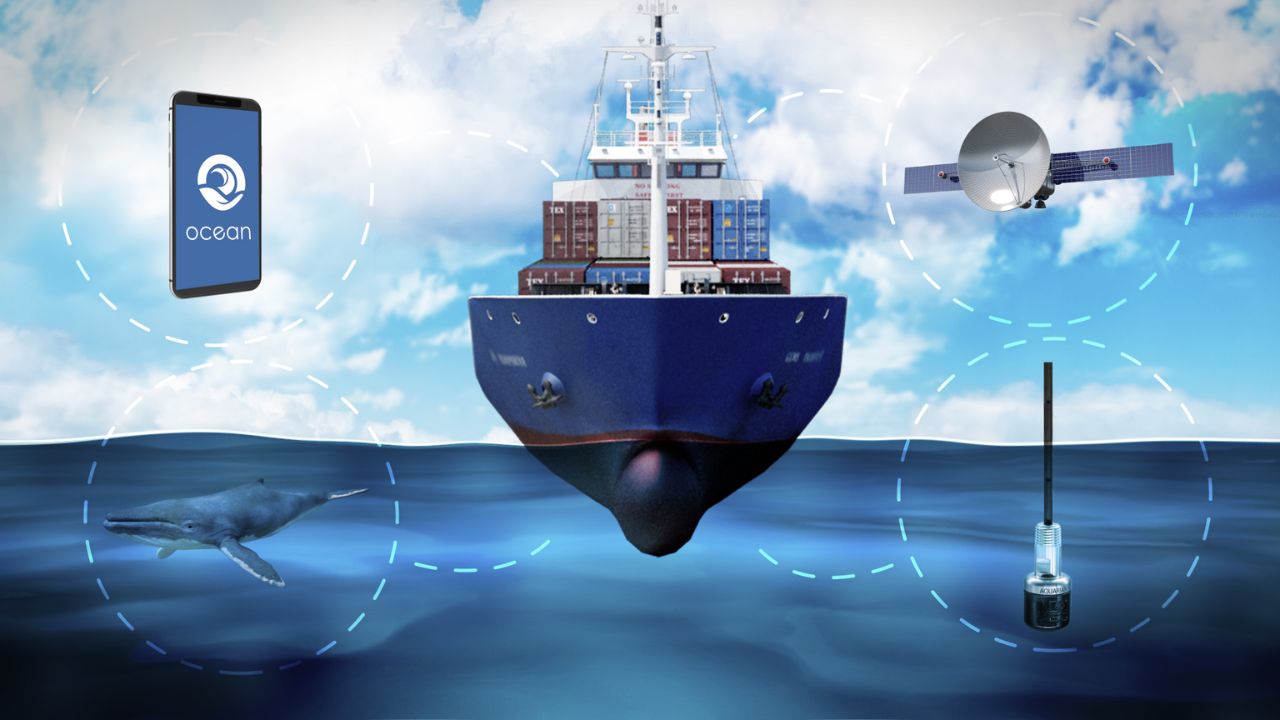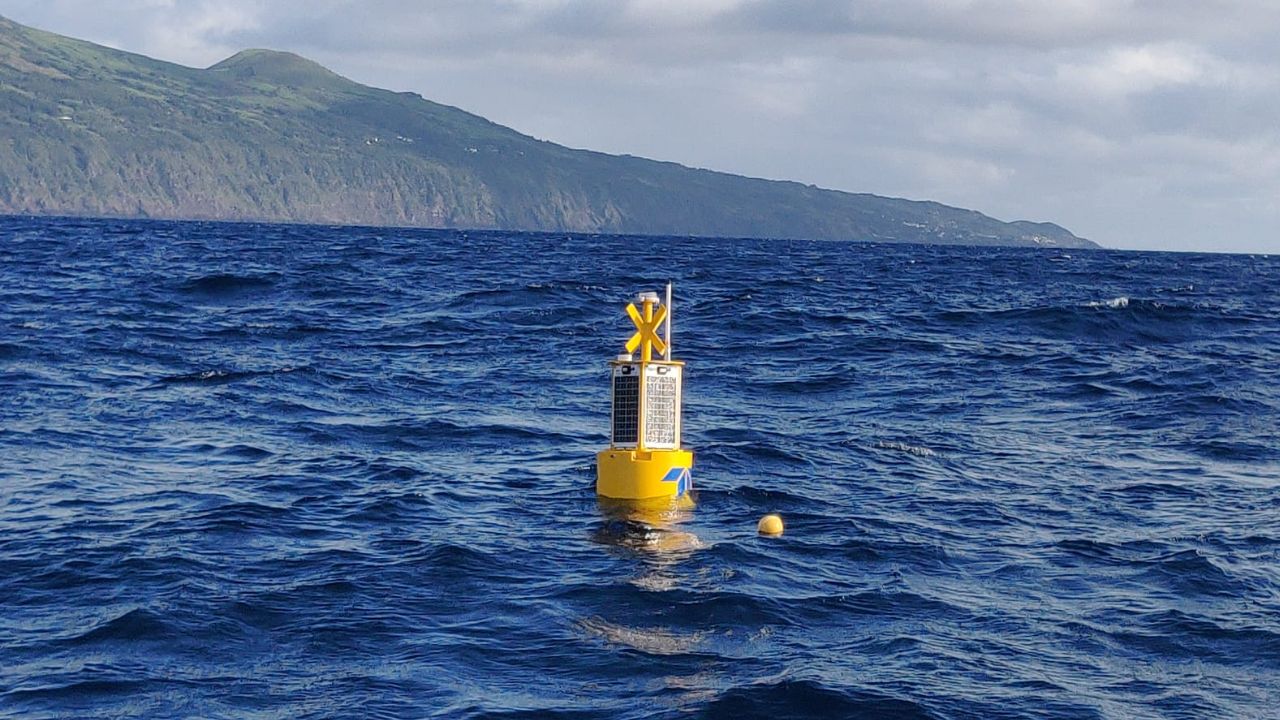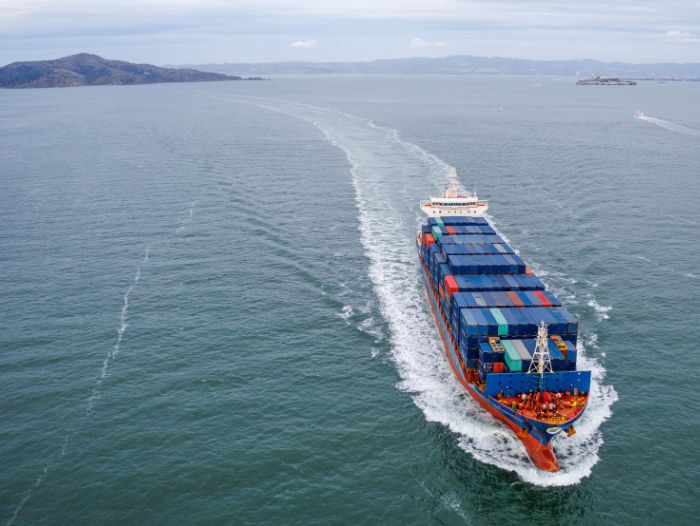Overview & Registration
OCEAN Reporting App
Join OCEAN – GET THE APP
The OCEAN Reporting App is just one part of an integrated maritime warning system allowing a broad range of users to benefit and contribute to maritime safety and conservation.

Note: The app is optimised for mobile and tablet devices. Download the User Guide. For information or support, email oceanappsupport@iwdg.ie
Key Features & Innovation
OCEAN Reporting App
Designed with mariners in mind, the app allows users to log hazards such as floating containers and cetaceans, with a focus on large whales, which are at the highest risk. Key features include:
- Progressive Web Application (PWA) technology for use across devices (desktop, mobile, tablets).
- Field-tested on survey vessels and ferries.
- Integration with the European Navigational Hazard Infrastructure (ENHI) for real-time data sharing.

Integrated Data Streams
The European Navigational Hazard Infrastructure (ENHI) processes and shares four critical data streams
- Predicted whale presence from habitat models
- Passive acoustic detection.
- Satellite imagery for automatic hazard detection.
- Real-time observations from mariners.

Advanced Technologies
- Hydrophone Grid: Monitors underwater mammal activity.
- 4D-SAD Sensors: Detects debris fields with precision.
- Satellite Imagery: Identifies drifting containers and marine mammals, enhancing situational awareness.
- 4D Situation Awareness Display (4D-SAD): Integrates hazard detection with existing bridge systems, improving visualisation of threats for better evasive maneuvering.
Practical Impact and Benefits
Benefits of the OCEAN System
- Enhanced Maritime Safety: Protects vessels, cargo, and marine life by addressing critical hazards.
- Human-Centred Innovation: Augments decision-making capabilities without replacing mariners.
- Targeted Solutions: Focuses on floating containers and marine mammal strikes.
- Enhanced Maritime Safety: Protects vessels, cargo, and marine life by addressing critical hazards.

Real-Life Scenarios
- Human Sighting: A mariner reports a floating container via the app, triggering warnings through multiple channels.
- Hydrophone Detection: Whale activity is detected, prompting alerts to prevent collisions.
- Satellite Imagery: Drift predictions enhance navigational safety by identifying potential hazards.
Modular and Scalable Design
Real-Life Scenarios
The system adapts to varied needs, from safeguarding Marine Protected Areas to supporting global initiatives like 30×30 (opens a new tab to blog post by Natural England Gov website). Leveraging pre-existing frameworks, OCEAN is innovative and compatible with current maritime operations. Its scalability ensures that both small vessels and large organisations can benefit from enhanced safety and situational awareness.

Join OCEAN – GET THE APP
The OCEAN Reporting App is just one part of an integrated maritime warning system allowing a broad range of users to benefit and contribute to maritime safety and conservation.

Note: The app is optimised for mobile and tablet devices. Download the User Guide. For information or support, email oceanappsupport@iwdg.ie
